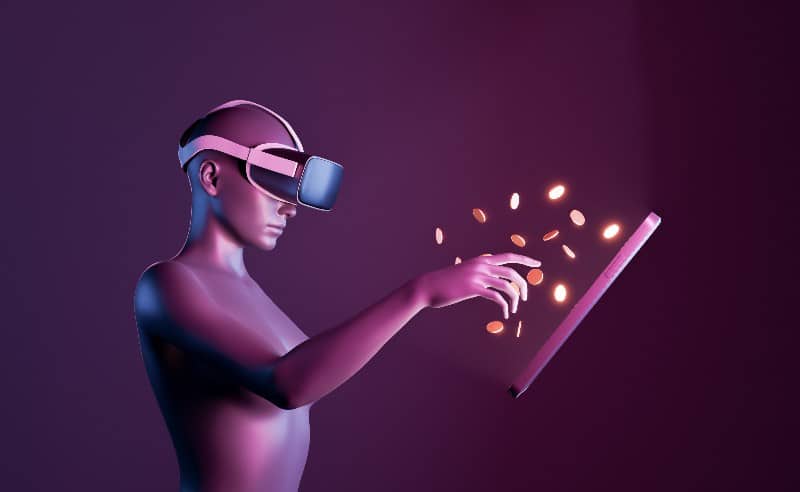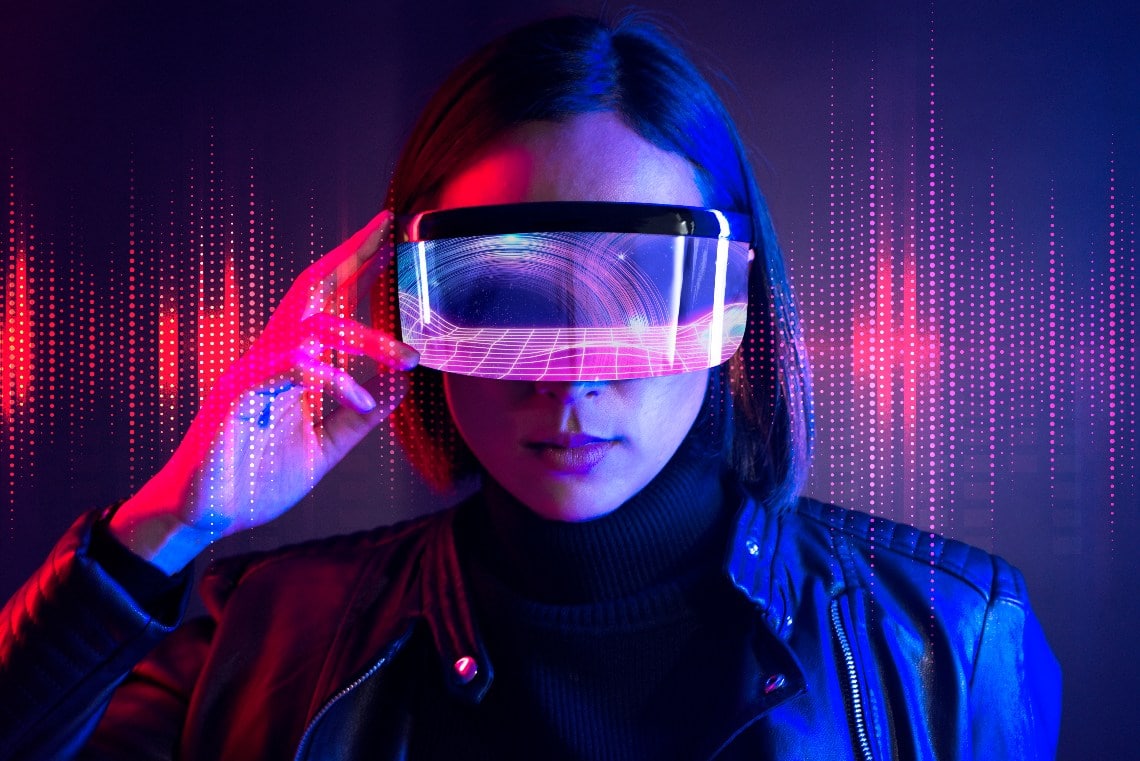“Un’ora sola ti vorrei” (“One hour only I want you”) is the title of a famous song by Giorgia; no, we are not talking about music (maybe partly yes) but a prediction that concerns the Metaverse.
Interacting with the Metaverse
The Metaverse is one of the trends in technology that revolutionizes and will revolutionize the way we live, work, and approach in the near future. The neologism metaverse, created by Neal Stephenson in the book Snow Crash (a masterpiece of the science fiction genre), is a kind of virtual reality in which the subject interacts in a three-dimensional world through a transposition of himself, an avatar in essence.
How does this materialize in reality? For some years now, many people have been trying their hand at what is generally called Metaverse, creating platforms in which alternative worlds or worlds similar to the real one are made available to the user as in a social network. In these cases, they have the advantage of interacting physically, and every aspect of reality is reproduced in every way. The way to use them is simple and occurs through helmets or glasses (Oculus) that help immerse oneself in this world and through platforms such as “treadmills” that rotate 360 degrees to simulate movement.
Among the platforms that are gaining momentum is impossible not to mention Meta (the new name of Facebook Company) that for years has been investing in this with a project very sponsored even if still immature. Still, there are also Nemesis (which is also a gaming platform), The Sandbox, Decentraland, etc.
It is necessary, however, to make a clarification. With Metaverse, we mean everything that proposes a virtual reality, but the way that this is posed to the user is of two types:
- a virtual place in which to immerse themselves through hardware (which I would rename hardwear given the way it is worn as if it were an accessory);
- Our reality is implemented by virtual interactions that become real through hardware such as Oculus or Google Glasses, various visors, etc.
In this second way of enjoying the experience, the user can do everything in the Metaverse interacting with stores that perhaps do not exist in reality but work in all respects. Maybe they find a piece of land with a simple lawn, attend a concert on an empty beach, or have a virtual dog to walk with.

Gartner’s prediction of the Metaverse
This future offers a myriad of possibilities, and yes, it’s already a reality, albeit constantly evolving to improve and offer an increasingly realistic experience, for example, by reproducing smell and taste. It is an enormous business opportunity in which it will be possible and still is to invest in virtual stores in which we can sell products that we may already sell in real life, transforming them into NFT (non-fungible tokens). In the Metaverse, we will be able to attend a concert, work, have meetings, go to a club, and much more.
In this jungle of new life to explore, just as the song above stated, the hype for the transition to new business models in digital will lead to 25% of people spending at least one hour of their time in the Metaverse for education, relationships, entertainment, shopping or work by 2026.
In fact, Gartner Vice President Marty Resnick believes that the activities possible with this tool will eventually take place in a single Metaverse with multiple destinations that will result from the merger of the various Metaverses.
No vendor will own the Metaverse, and of course, cryptocurrencies will be the trading currency used as well as NFTs; it will impact everything we know.
Resnick further stated that:
“Enterprises will have the ability to expand and enhance their business models in unprecedented ways by moving from a digital business to a metaverse business. By 2026, 30% of the organizations in the world will have products and services ready for Metaverse.”

